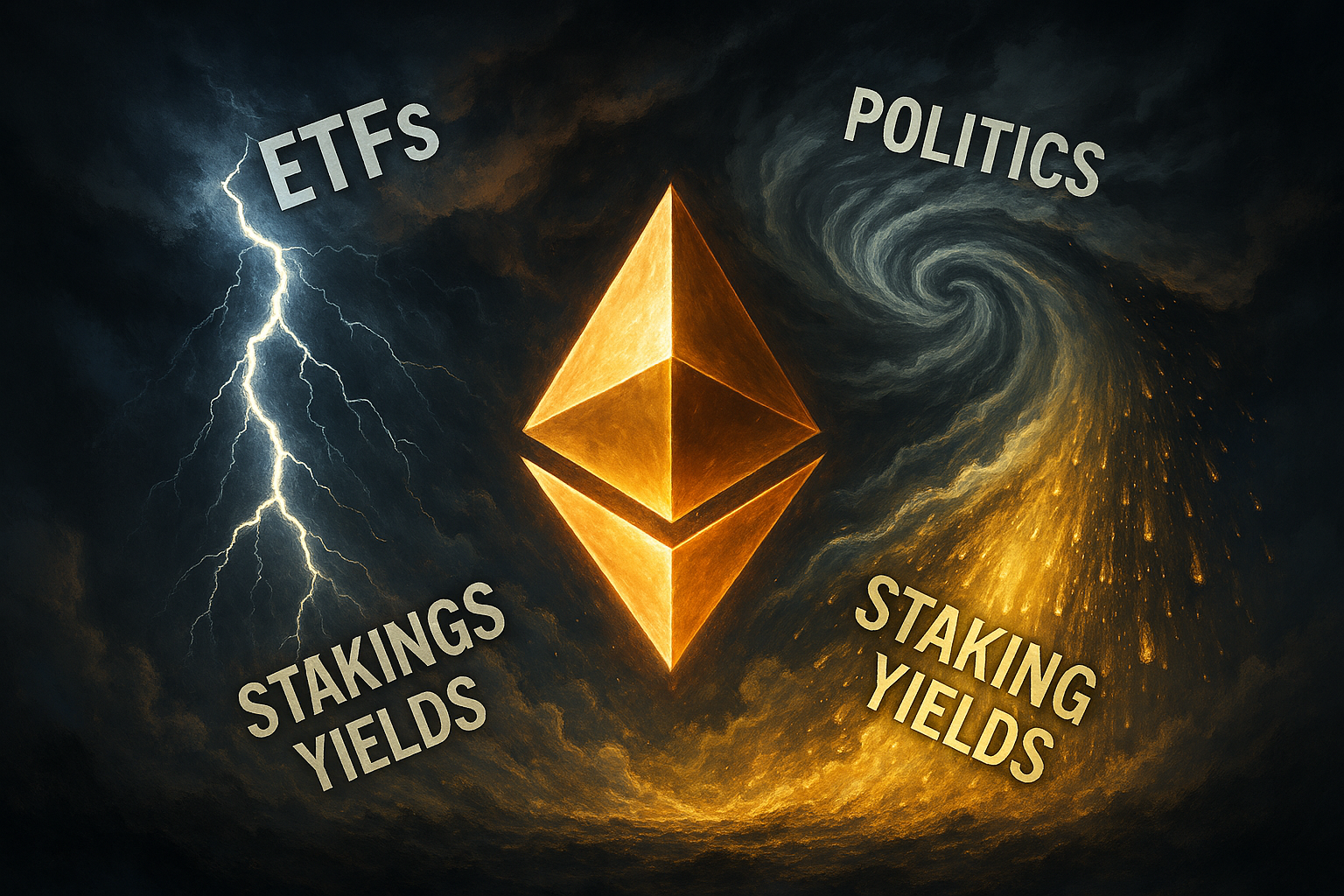Trump Ally Proposes Devaluing US Dollar to Fight Inflation

Trump Ally Floats Radical Plan to Devalue the US Dollar to Combat Inflation
A former top aide to Donald Trump has ignited a fierce economic debate by proposing a radical and highly controversial strategy to tackle inflation: intentionally devaluing the U.S. dollar. The idea, championed by John McEntee, who served as a close personnel advisor in the Trump White House, would shatter decades of U.S. economic policy that has favored a strong dollar. This Trump dollar devaluation plan is being pitched as a way to make American exports cheaper and fight inflation, but mainstream economists are warning it could backfire spectacularly.
The proposal represents a dramatic departure from conventional economic thinking and signals the kind of disruptive policies that could be on the table in a potential second Trump term. While the former President has not officially endorsed the plan, it aligns with his long-held “America First” views on trade and global economics.
The “Devalue the Dollar” Strategy Explained
For generations, the U.S. has promoted a strong dollar, which has been the bedrock of the global financial system. A strong dollar means Americans’ money goes further when buying imported goods and traveling abroad.
The plan proposed by McEntee and his allies at the America First Policy Institute would turn this on its head. The core idea is to:
- Weaken the Dollar: The government would take active steps to lower the dollar’s value relative to other world currencies.
- Boost Exports: A weaker dollar would make American-made products cheaper for other countries to buy, theoretically boosting U.S. manufacturing and creating jobs.
- Curb Imports: Conversely, goods from other countries would become more expensive for Americans, encouraging consumers to “buy American.”
The argument is that this would reduce the trade deficit and, by making imports more expensive, eventually cool down consumer demand and, therefore, fight inflation.
The Risks: Unintended Consequences and Global Chaos
Mainstream economists from across the political spectrum have reacted with alarm, calling the plan reckless and based on a misunderstanding of how the modern economy works. They warn of severe and immediate negative consequences.
| Potential Negative Impact | Explanation |
|---|---|
| Higher Inflation (Initially) | A weaker dollar would instantly make all imported goods—from electronics and clothing to coffee and cars—more expensive. This would likely cause a spike in inflation before it could have any cooling effect. |
| Increased Borrowing Costs | Foreign investors, seeing the value of their dollar-denominated assets intentionally being eroded, would demand higher interest rates to continue lending to the U.S. government, raising borrowing costs for everyone. |
| Loss of Reserve Currency Status | The dollar’s status as the world’s primary reserve currency is a cornerstone of American power. A deliberate devaluation could cause global partners to lose faith in the dollar, threatening this privileged position. |
| Stock Market Volatility | The uncertainty and potential for global economic instability could trigger a major sell-off in financial markets. |
“This is a solution in search of a problem,” said one former Treasury official. “It’s like trying to fix a leaky faucet by blowing up the house. The collateral damage would be immense.”
A Clash of Economic Visions
This debate highlights a fundamental clash between two opposing economic worldviews. On one side is the traditional, globalist view that a strong and stable dollar benefits the U.S. by attracting foreign investment and providing low-cost goods for consumers.
On the other side is the nationalist, “America First” vision of the Project 2025 policy group, which sees the strong dollar as a liability that has hollowed out American manufacturing. They believe short-term pain is worth the long-term goal of rebalancing global trade and reshoring American jobs.
Conclusion: A High-Stakes Gamble with the Economy
The Trump dollar devaluation plan is a high-stakes gamble with the U.S. and global economies. While its proponents argue it’s a bold solution to deep-seated problems, the overwhelming consensus among economists is that it’s a dangerous path that could lead to higher inflation, financial instability, and a decline in American economic power. As the political season continues, this radical proposal will remain a key point of contention, representing a clear and profound choice about the future direction of the U.S. economy.
What are your thoughts on a weaker U.S. dollar? Is it a path to prosperity or a recipe for disaster? Share your perspective in the comments.
FAQ Section
1. What does it mean to “devalue the dollar”? Devaluing the dollar means the U.S. government would intentionally take actions to reduce its purchasing power compared to other currencies like the Euro or the Yen. This would make U.S. goods cheaper abroad but make foreign goods more expensive at home.
2. How could the government devalue the dollar? The government could attempt this through several means, including printing more money, lowering interest rates dramatically, or directly intervening in foreign exchange markets by selling U.S. dollars and buying other currencies.
3. Why is the dollar’s status as the world’s reserve currency so important? The dollar’s reserve status creates a constant global demand for U.S. currency and government bonds. This allows the United States to borrow money more cheaply than other countries and gives it significant influence over the global financial system. Risking this status could have severe economic and geopolitical consequences.










